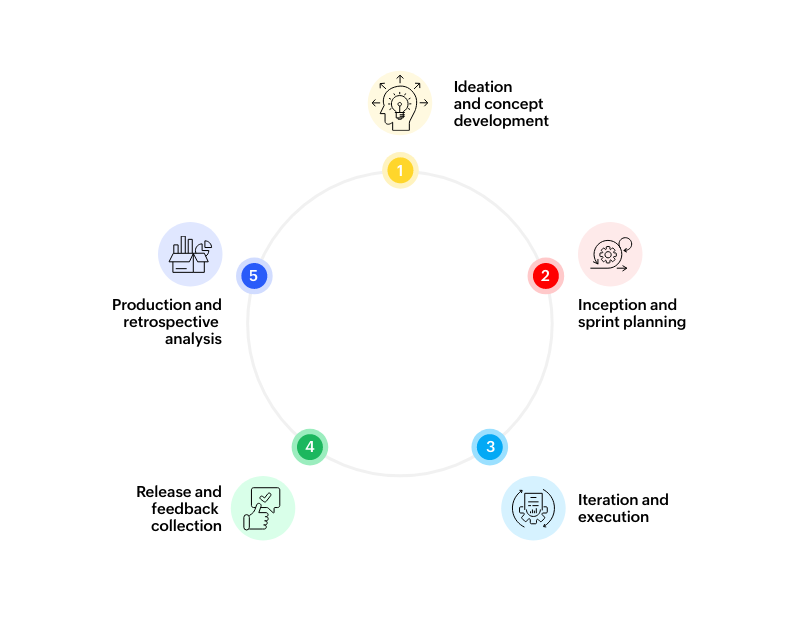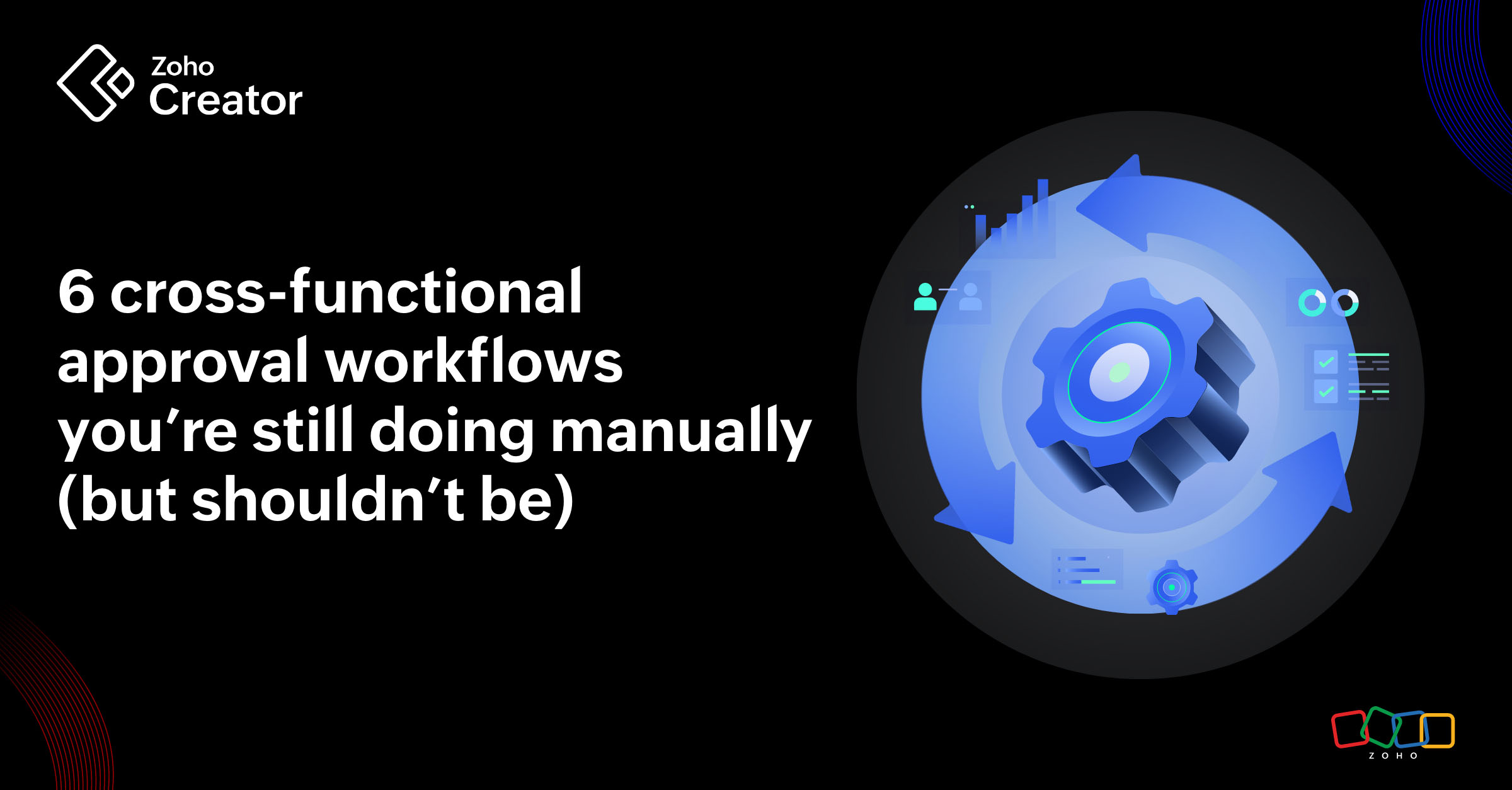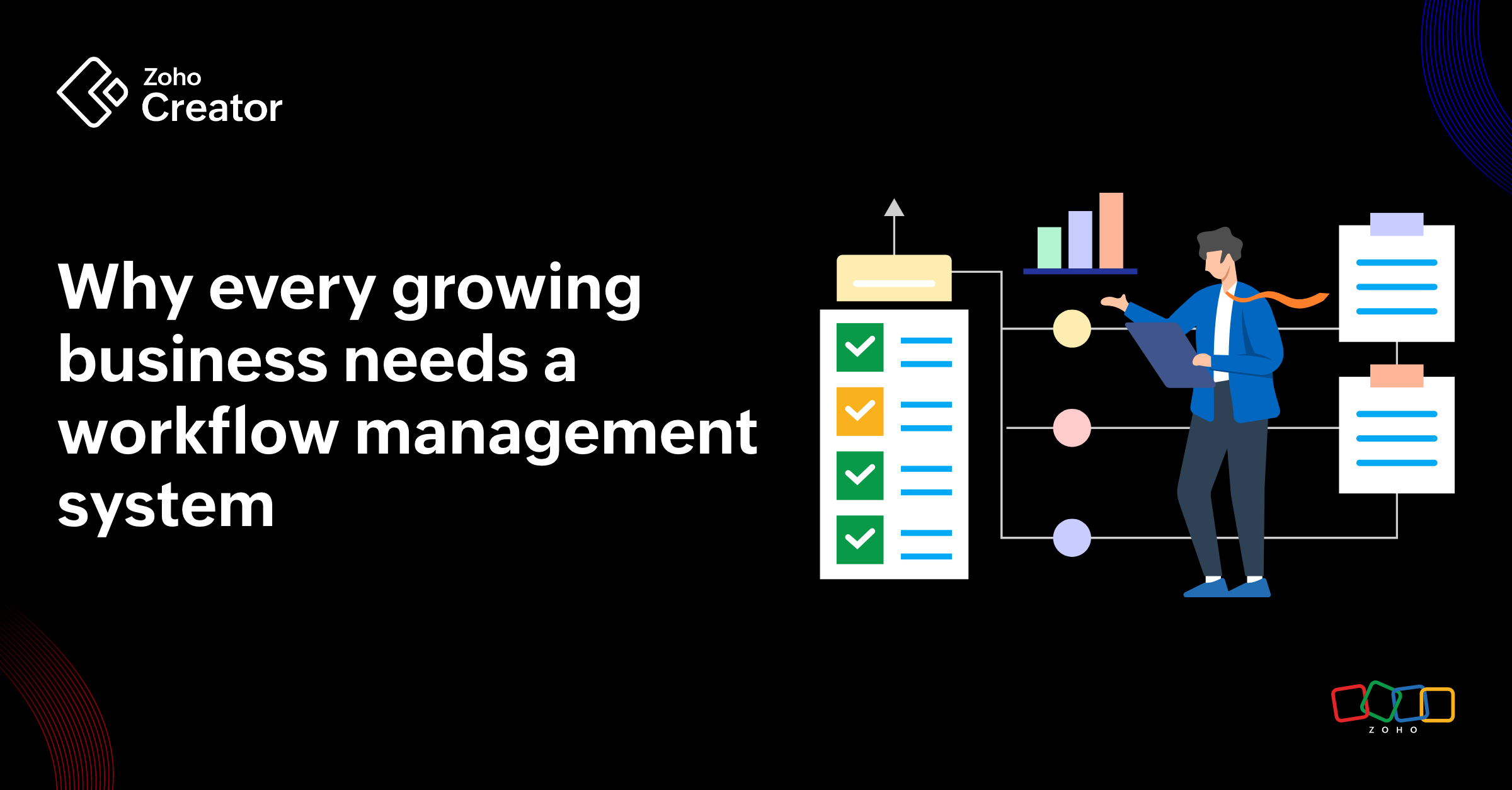- HOME
- Know Your Tech
- Agile workflows (and how to create one from scratch)
Agile workflows (and how to create one from scratch)
- Last Updated : May 14, 2025
- 13 Views
- 4 Min Read
When market demands and customer expectations are changing at a breakneck speed, sticking to rigid plans can slow teams down. Instead, teams need to respond swiftly, course-correct on the fly, and deliver value without being caught in endless paperwork.
Enter agile: a set of practices that puts adaptability, feedback, and small, continuous wins front and center. Instead of following a rigid, step-by-step plan like traditional workflows, agile practices break work into short cycles.
Here, the goal is not to predict every step in advance but to give teams space to experiment and improve as they go. It treats change not as a setback but as fuel for improvement.
What is an agile workflow?
An agile workflow is the blueprint that guides a team through iterative, bite-sized bursts of work. Picture it as a series of short sprints instead of one marathon dash.
Rather than mapping out every detail upfront, an agile project management framework lays down a path that can bend and flex whenever new information or feedback comes in.
The agile approach relies on four key ideas:
- Welcome change
- Deliver early
- Work together
- Reflect often
These ideas guide every decision in an agile workflow process. They make work more flexible and keep teams motivated and focused.
Welcome change
When requirements shift or a new priority emerges, the workflow welcomes the change. Teams reprioritize the backlog, adjust the next sprint’s focus, and keep moving forward without derailing the entire software development workflow.
Deliver early
Instead of waiting months to show progress, teams break projects into chunks they can finish in days or weeks. Each chunk delivers a tangible piece of value—a feature, prototype, or an update—in line with feature-driven development.
Work together
By delivering early and often, agile workflows invite customers, users, and internal stakeholders to weigh in at every turn. Their feedback can help fuel the next round of work, ensuring the end result aligns with actual needs and drives continuous improvement.
Reflect often
Each sprint ends with a quick look back—what worked, what tripped, and what to do differently next time. Over time, these micro-adjustments compound into a finely tuned engine of productivity and quality.
Steps to create an agile workflow

1. Ideation and concept development
Kick-off brainstorming
Gather everyone who will touch the project and throw ideas onto the table. No idea is too big at this stage; you’re sketching the broad vision. Starting wide and then narrowing down ensures you capture creative sparks and channel them toward concrete goals.
High-level requirements
From that pool of ideas, pull out the core objectives. What problem are you solving? Who benefits? Which features are must-haves versus nice-to-haves? This becomes the seed for your product backlog.
2. Inception and sprint planning
Form your team
Assign roles—product owner, scrum master (or facilitator), developers, testers, and designers—and agree on how you’ll communicate. Decide on your pace. (Two-week sprints? One week? Choose what fits the team.)
Build the backlog
Translate high-level requirements into user stories or tasks. Prioritize: Which items deliver the highest value right now? Estimate roughly, then lock in what you’ll commit to for the first sprint.
3. Iteration and execution
Sprint cycle
Break each user story into subtasks small enough to finish in a day or two. As you tick items off, you’re steadily building a working slice of the product.
Daily stand-ups
A quick huddle with three simple questions: What did you do yesterday? What will you do today? What’s blocking you? These stand-ups shine a light on stalls and help the team pivot before small issues become big ones.
4. Release and feedback collection
Deliver the increment
At each sprint’s end, present the working increment to stakeholders. It might not be perfect, but it needs to be functional and testable.
Capture real input
Gather reactions. What delights? Which part is confusing? Which tweaks would make it irresistible? Log every suggestion, then fold the highest-impact items into your next sprint’s planning.
5. Production and retrospective analysis
Final touches
Once a feature set is deemed done, run final quality checks like regression tests, user acceptance tests, and performance benchmarks, then roll it out to your live environment or hand it off to operations.
Sprint retrospective
Sit down as a team and discuss what went well and what could be done better. Document action items and assign owners to make sure improvements stick. Reflecting on the process is as important as reflecting on the product. Every retrospective sharpens the team’s skills and smooths the path for the next cycle.
Wrapping up
By breaking big ideas into bite‑sized sprints, checking in daily, and pausing regularly to reflect, you build momentum and stay closely aligned with what users actually need. The next time you face a complex project, whether it’s rolling out a new feature or overhauling an internal process, remember: the magic happens in those short cycles. Start with a clear vision, plan your first sprint, and let feedback from every release guide your path forward.
Over time, you’ll find that the agile approach of making small, steady improvements leads to big leaps in quality and team confidence.
 Ann Elizabeth Sam
Ann Elizabeth SamHey! I'm Ann, and I work as a content writer at Zoho Creator. I'm exploring the SaaS world through various forms of content creation. Outside of work, I love dancing and would give up anything to read a good murder mystery.



